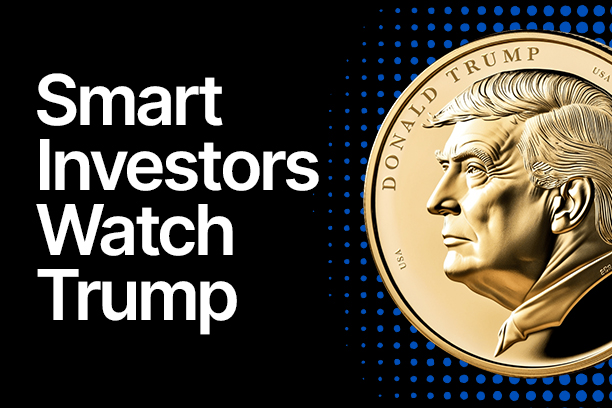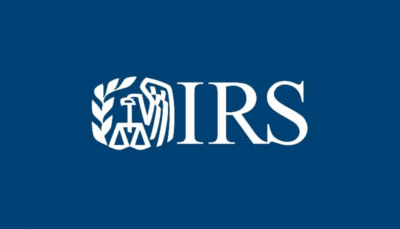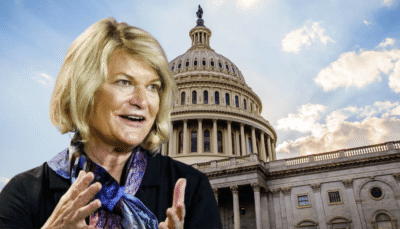The crypto market has always been influenced by economic policies, regulations, and institutional adoption, but the recent shifts in U.S. government interest in digital assets have made it even more unpredictable.
President Donald Trump’s recent stance on tariffs, economic strategy, and cryptocurrency regulations is creating waves in the financial world, leading smart investors to closely monitor his next moves.
With discussions around a potential U.S. crypto reserve, increasing institutional involvement, and a changing regulatory landscape, traders and investors are trying to understand where the market is heading.
Matthias warns that ignoring these changes could mean missing out on massive opportunities or worse, getting wiped out by unexpected volatility.
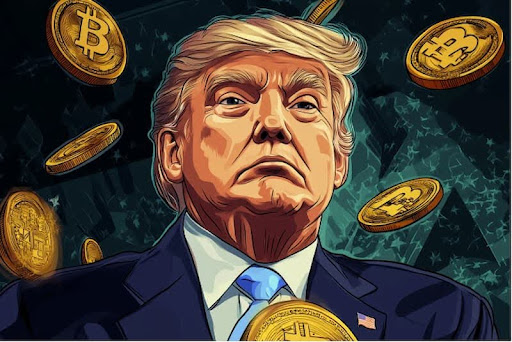
Impact Of Trump’s Tariff Strategy On Crypto Markets
Trump’s economic policies have often been characterized by tariffs, trade restrictions, and aggressive negotiations with other countries. His recent tariff announcements on key trade partners like China, Mexico, and Canada have already impacted traditional markets, causing uncertainty among investors and businesses.
This economic instability is driving more people towards Bitcoin and other cryptocurrencies as a hedge against market fluctuations, much like how gold has historically been used during economic downturns.
Historically, Bitcoin has performed well during periods of economic tension and financial uncertainty. During the U.S.-China trade war in 2019, Bitcoin’s price surged by nearly 100% in just four months as investors sought a decentralized store of value amid market instability.
Similarly, in March 2020, when the COVID-19 pandemic caused a historic market crash, Bitcoin initially dropped alongside stocks but then staged a massive recovery, rising over 600% in a year as governments introduced stimulus packages and inflation fears grew.
Now, with new tariff policies and concerns about global trade disruptions, a similar pattern could emerge. The U.S. recently imposed additional tariffs on Chinese electric vehicles (EVs), semiconductors, and solar panels, further escalating economic tensions.
This move could trigger retaliatory actions from China, worsening financial uncertainty. In response, institutional investors are increasingly allocating funds into Bitcoin, Ethereum, and stablecoins, viewing them as an alternative to traditional assets that are vulnerable to geopolitical tensions.
The impact of Trump’s policies extends beyond the U.S., as global markets react to trade imbalances and potential supply chain disruptions. A report from Goldman Sachs in 2024 indicated that Bitcoin’s correlation with inflation-hedging assets has increased, with major funds diversifying portfolios by including digital assets to protect against currency devaluation.
Matthias emphasized the unpredictability of the market under Trump’s influence, stating:
“You are one headline, one tweet away from getting liquidated. The market doesn’t wait for you to react—it moves before you do.“
This statement highlights the importance of staying ahead of political and economic developments, as government actions can instantly impact the price of Bitcoin, Ethereum, and other major assets. Analysts predict that if tariff tensions escalate further, Bitcoin could see another strong rally, much like during previous periods of economic uncertainty.
Moreover, institutional adoption of Bitcoin continues to rise. BlackRock, the world’s largest asset manager, recently expanded its Bitcoin ETF holdings, while Fidelity has been increasing its digital asset exposure in anticipation of regulatory clarity.
The potential establishment of a U.S. crypto reserve, as speculated in recent policy discussions, could add further momentum to Bitcoin’s price, pushing more investors toward digital assets as an official part of financial planning.
With markets more interconnected than ever, Trump’s policies are having a ripple effect on global finance, making crypto a central player in the evolving landscape of economic strategy and digital asset adoption.
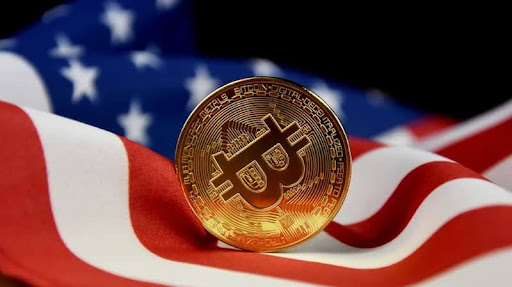
Potential U.S. Crypto Reserve
One of the most talked-about possibilities is the creation of a U.S. government-backed crypto reserve. If the United States officially incorporates Bitcoin into its financial reserves, it would be a massive step toward mainstream adoption and could trigger a global race among nations to accumulate digital assets.
Some reports suggest that major U.S. investors, including Trump-linked financial groups, have already begun accumulating Bitcoin and Ethereum, expecting future government involvement.
This speculation is further supported by the fact that the U.S. government currently holds approximately 200,000 BTC (worth around $17 billion), seized from various cybercrime cases. If these holdings were to be strategically integrated into an official reserve, it would legitimize Bitcoin as a key asset in national finance.
The impact wouldn’t just be felt in the U.S.—it would force other countries to rethink their stance on crypto. Some nations have already started responding:
- Belarus is now considering using its surplus electricity for Bitcoin mining instead of exporting it.
- Bhutan has quietly built a $950 million Bitcoin mining infrastructure, taking advantage of its hydropower resources to keep costs low.
- Japan has proposed reducing its crypto tax rate from 55% to 20% to attract institutional investors.
- El Salvador continues to increase its Bitcoin reserves, now holding over 6,100 BTC (worth more than $500 million).
Matthias noted that such movements are not coincidences but rather reactions to what the U.S. is signaling to the world.
“When the biggest economy in the world makes a move, other countries don’t just sit back and watch—they act fast to secure their own position.”
This suggests that a global domino effect could take place, leading to more governments actively engaging with crypto as a strategic financial asset.
How Smart Investors Are Positioning Themselves
While retail traders often get caught up in short-term price movements, experienced investors are focusing on long-term trends driven by government and institutional actions.
Instead of reacting emotionally to daily price swings, they are tracking institutional activity, as many large funds and investment firms are accumulating Bitcoin, Ethereum, and stablecoins in anticipation of major regulatory changes.
These investors understand that the biggest market movements come from institutional adoption and government policies, not just retail speculation.
To navigate the uncertainty, top investors are also avoiding high-risk leverage trading, recognizing that unpredictable headlines can trigger liquidations within minutes.
The recent volatility has shown that high-leverage positions are particularly risky, as sudden market swings can wipe out portfolios before traders have a chance to react.
Instead, experts focus on diversification, ensuring that their investments are spread across multiple high-utility digital assets like Ethereum, Solana, and other blockchain projects with strong long-term potential.
Another critical strategy is staying updated on government announcements since policy changes and regulatory decisions can dramatically impact prices. Savvy investors closely monitor U.S. legislative developments, international crypto regulations, and institutional crypto adoption to position themselves ahead of the market.
With Trump’s policies continuing to reshape financial markets, crypto is no longer just an alternative asset; rather, it is becoming a critical component of the global financial system. Those who stay informed, adapt, and make data-driven decisions will be the ones who benefit the most from this evolving landscape.
